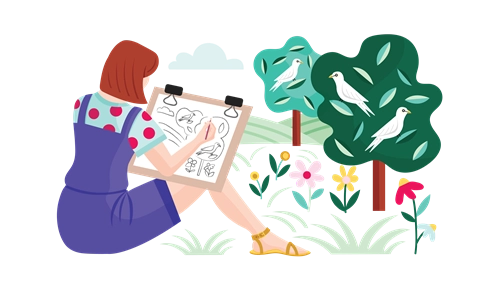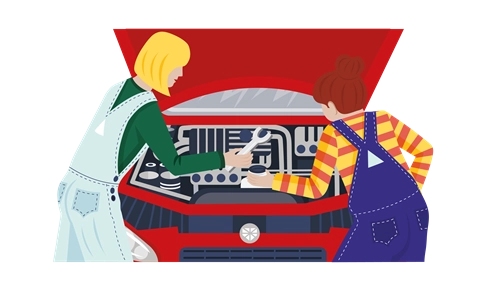Newton Moore Senior High School
Case Studies
Overview
Girls need multiple and sustained opportunities to engage positively with STEM and STEM careers across their schooling. Schools implement many models that provide opportunities for STEM learning both within and outside the curriculum.
Integrated STEM curriculum
An integrated STEM curriculum can take at least three different forms:
-
Hosted by one subject: A STEM subject teacher takes a STEM approach to a topic by building in one or more other STEM subjects or STEM skills.
-
Collaboratively taught: Two or more subject teachers collaborate to design a STEM unit. Each teacher teaches different components of the unit, with clear contributions from each subject in solving a common problem.
-
STEM-focused unit: A unit of work is specifically designed to teach STEM skills through a context that requires STEM content.
Extra-curricular STEM opportunities
Informal learning about STEM, where the learning experience is dissociated from grades and assessment, has also been shown to increase girls’ engagement with STEM (Reinking and Martin, 2018). By providing informal introductory experiences, extra-curricular activities can build girls’ confidence and stimulate interest in STEM.
Schools can highlight STEM and also provide opportunities for community engagement by hosting STEM-themed events such as:
- STEM week: The whole school focuses on STEM learning and careers across a week.
- STEM clubs: The school organises STEM-focused lunchtimes or after-school clubs for students and/or families.
- STEM careers day: Representatives from local colleges, universities, industries and businesses talk to students about STEM careers and pathways.
- STEM leaders evening: Students and families hear from local STEM leaders about their careers and passions.
- STEM festival: Students present projects or create exploration experiences for younger students.
- STEM hackathon: Students are challenged to work in teams to solve an authentic local problem and present it to an expert panel.
- STEM excursions: Students explore STEM themes at museums, art galleries, zoos, field sites, industry sites or universities.
STEM experiences can be face-to-face or virtual, and hosted by the school or through a STEM institution. Explore STEM opportunities in your local area.
Explore these case studies to see how other teachers and schools have embraced STEM. As you view them, consider the following:
- What motivated the school to embrace STEM?
- What research informed the school’s actions?
- How did students benefit from the STEM program?
- What ideas could be adapted for your school?
Ideas and inspiration
Explore the following resources for more ideas and inspiration about creating an inclusive, engaging STEM learning environment.










